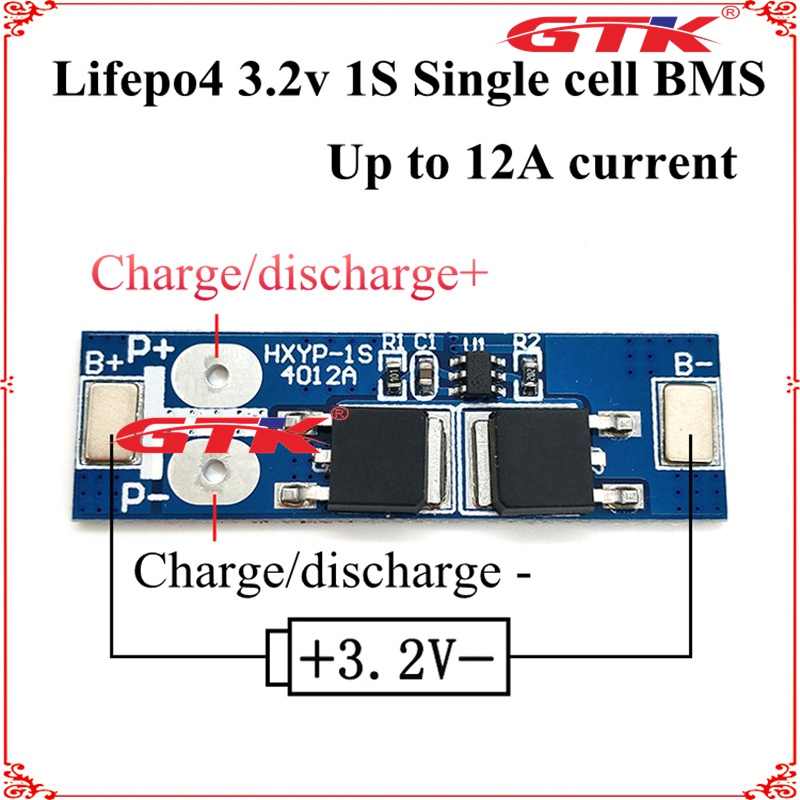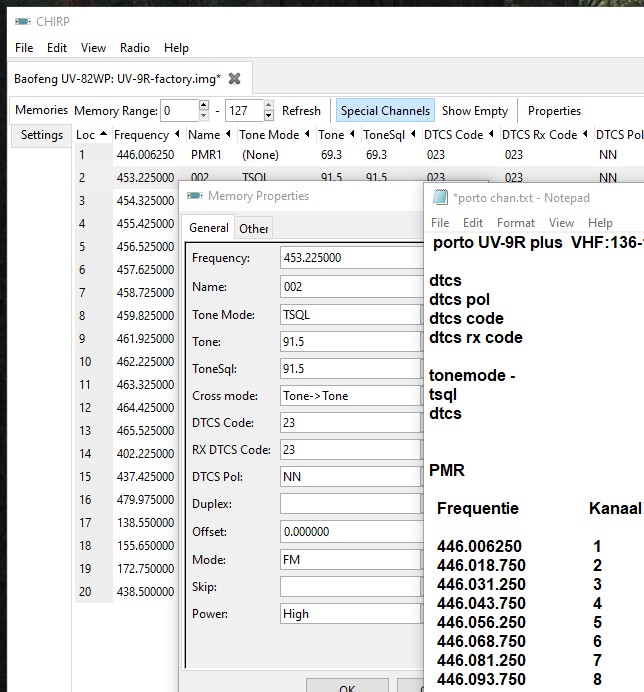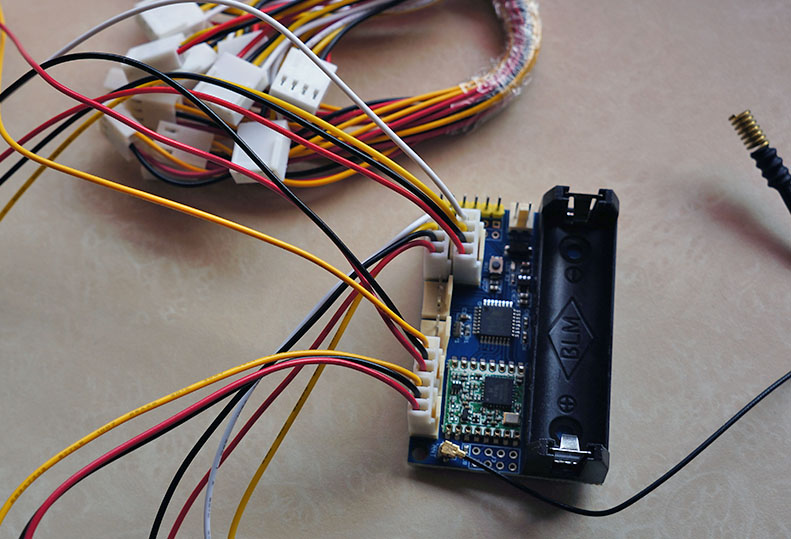
but received some connector plug with cable for the node(s)
tnx to @pe1mew for the link
- update… copper strips (busbars) arrived

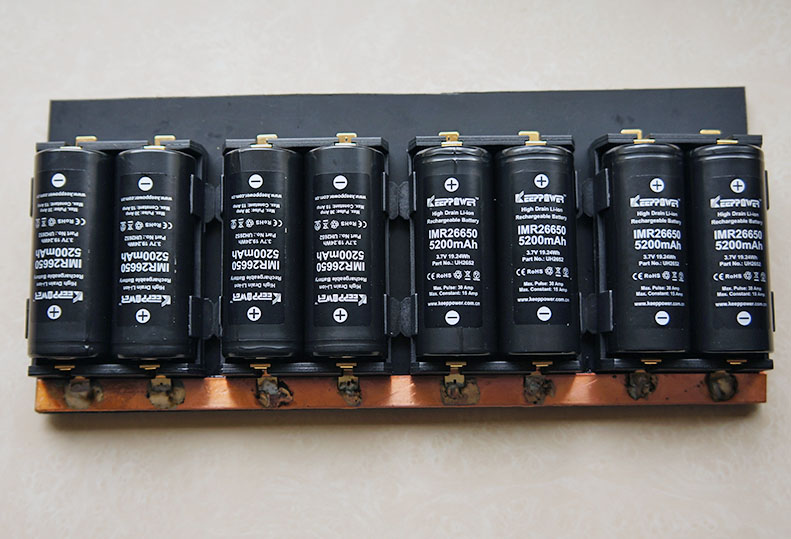
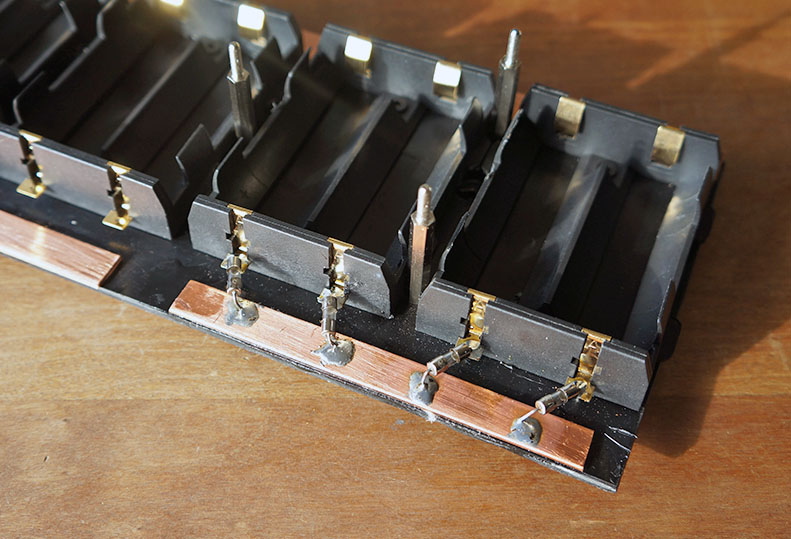
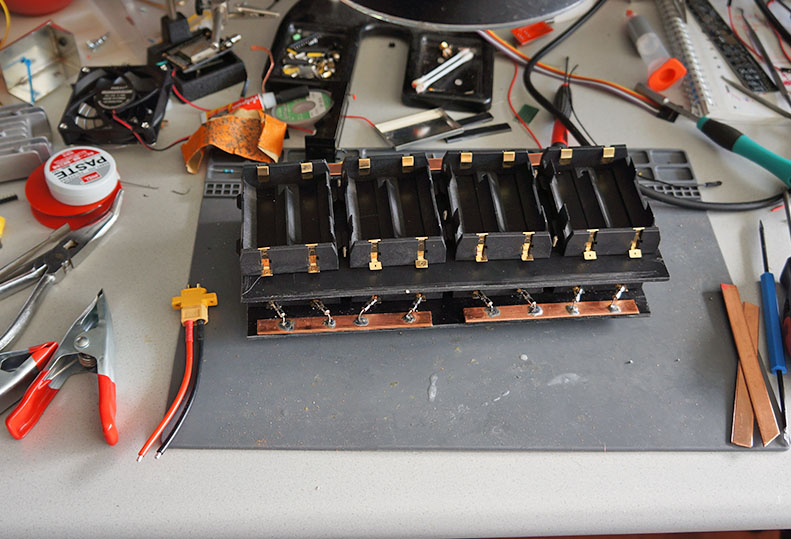
I want to measure each cell wireless in the future as an experiment
-
https://circuitdigest.com/microcontroller-projects/multi-cell-voltage-monitoring-for-lithium-battery-pack-in-electric-vehicles
something like this … combined with a node
Aye, how I remember the ‘buffer overflows’ and ‘program alarms’ suffered by the Apollo primary guidance navigation and control system in 1969.
I bet Bill Gates was listening and that is where he got the idea for Windows from.
I am looking for a simple and cheap solution for LiFePO4 single cell discharge protection.
I already checked the following modules but these either do not support LiFePO4 or do not provide discharge protection:
- TP4056 modules combine charging with discharge protection but suitable for Li-ion/LiPo only.
- TP5000 modules support LiFePO4 charging but lack discharge protection.
Any ideas?
present for a friend oops… wrong adapter 
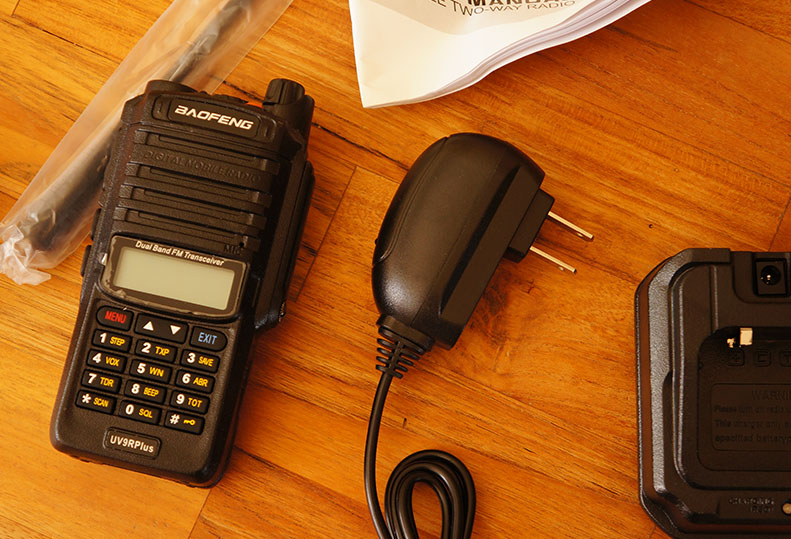
and because I’m sure he’ll ask me to program the thing (PMR channels) I charge it for now with a lab power supply, it will be a ‘base’ station in his camper the next 6 months.
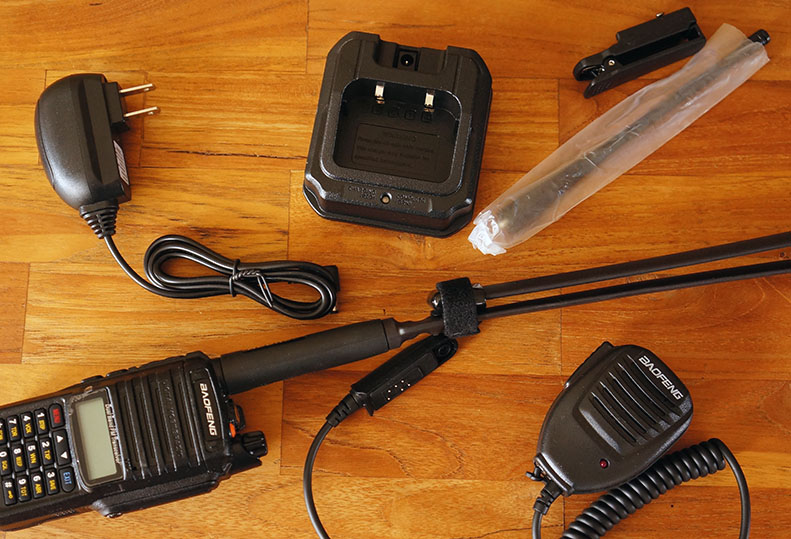
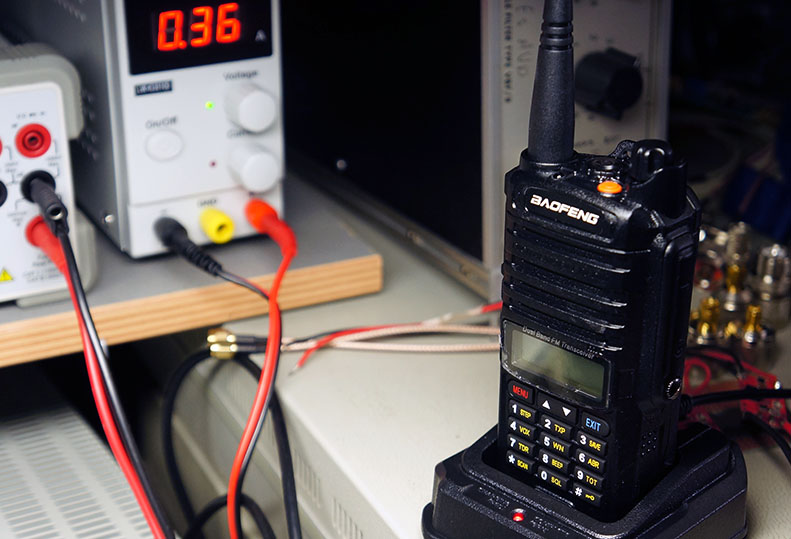
*removed link - sold out 

hmm… online vs reality
nope… I guess this won’t elevate my solarpanel 
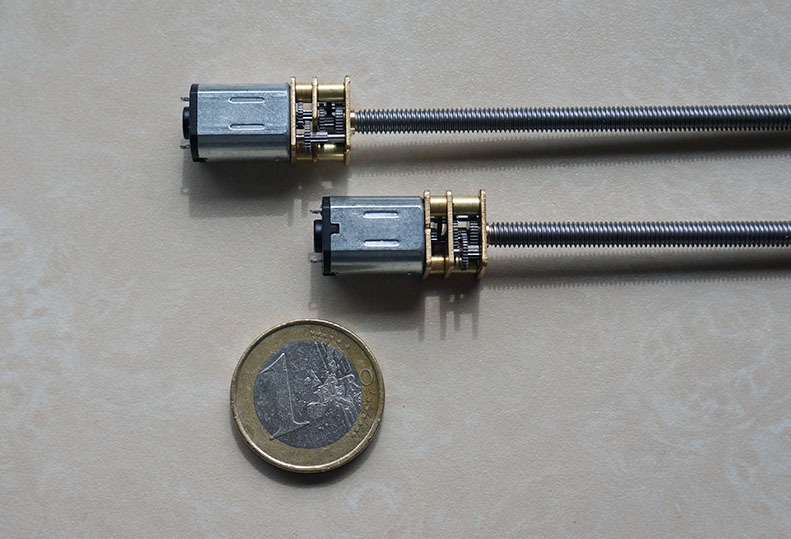
Thanks. That one is rather large.
Looking for something suitable for 300 to 500 mA max (1A at most) for use in nodes and preferably low-power friendly.
elevating the cover of your control-panel cover i think 
never seen them below 1 A … maybe you can ‘edit’ one single BMS board… change a resistor to lower a setting ? or use a simple fuse 
Eh… fuse as discharge protection when battery voltage reaches a low threshold?
 no that probably won’t work
no that probably won’t work
so you only need low voltage protection, and the MCU/node itself with a fet can’t switch itself off ?
Possibly, but that would require more than just a MOSFET. Should be something flipflop-like that is able to switch off power to MCU and sensors when explicitly triggered by signal from MCU, but must also be able to survive (not switch off) during MCU deepsleep (cycles) and use very little power.
(I have not seen examples for this yet.)
Based on your link I was able to find 2 (max 2A) boards.
They draw up to 5 uA, which is a pity for low-power applications.
(Not sure if that is quiescent current or usage at max load.)
you could use this tpl5110
https://github.com/sparkfun/SparkFun_TPL5110_Nano_Power_Timer/blob/master/Documentation/tpl5110.pdf
Once configured in timer mode (EN/ONE_SHOT= HIGH) the TPL5110 periodically sends out a DRV signal to a MOSFET to turn on the µC. If the µC replies with a DONE signal within the programmed time interval (tDRV) the TPL5110 turns off the µC, otherwise the TPL5110 keeps the µC in the on state for a time equal to tDRV.
The TPL5110 can work also in a one-shot mode (EN/ONE_SHOT= LOW). In this mode the DRV signal is sent out just one time at the power on of the TPL5110 to turn on the µC. If the µC replies with a DONE signal within the programmed time interval (tDRV) the TPL5110 turns off the µC, otherwise the TPL5110 keeps the µC in the on state for a time equal to tDRV.
Not sure how that could be used to implement “keep (always) on until explicitly instructed by MCU to keep always off” (while surviving MCU deepsleeps).
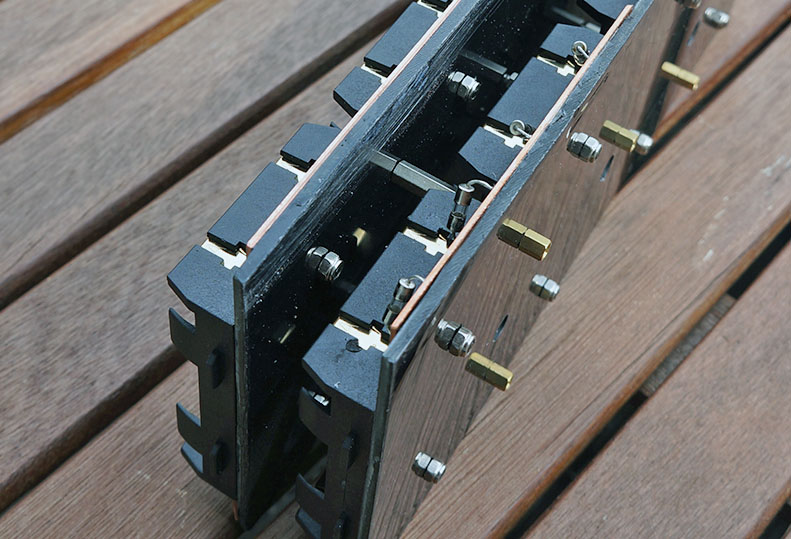
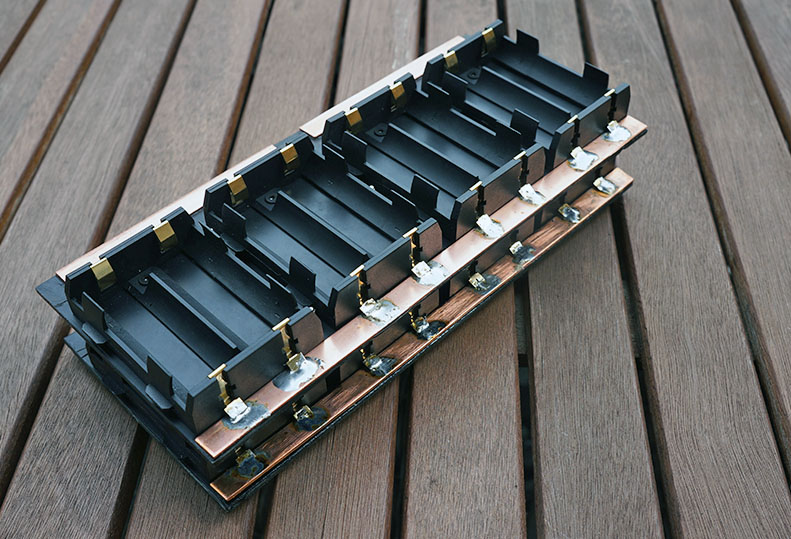
slowly getting there … 16 x 26650 in one ‘unit’
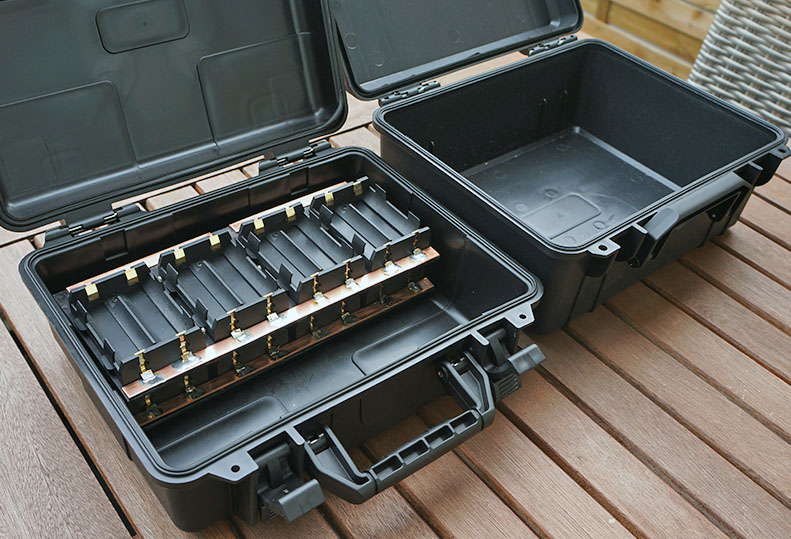
will use the higher case because of ventilation / controlpanel(s) in lid
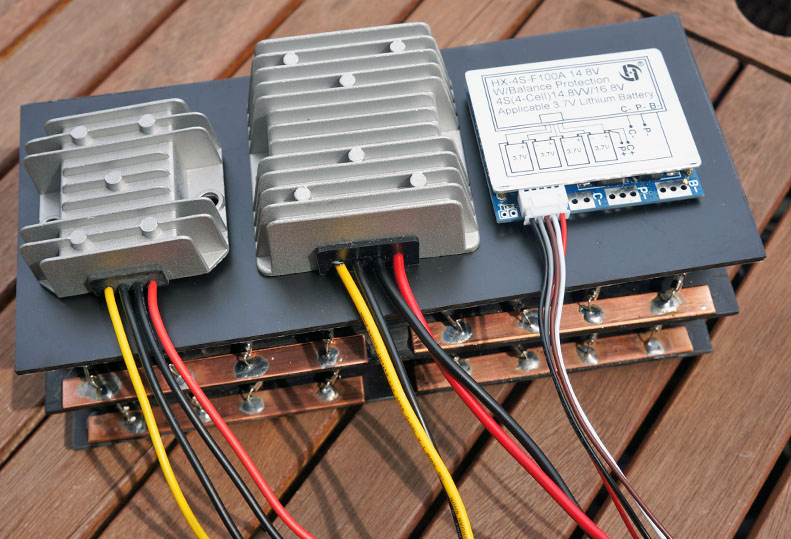
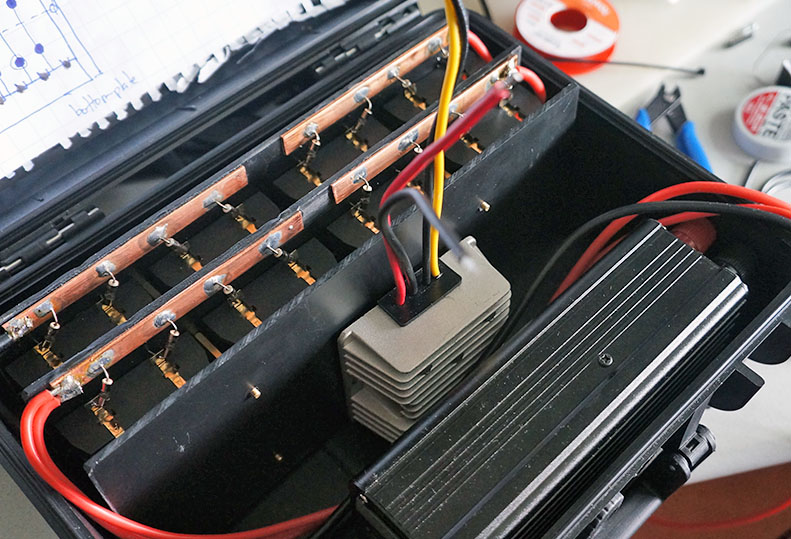
If your goal is to switch off the node when a certain battery level is reached (let’s say 2.7 v) you have 2 options: that measurement is done by the node itself or by an external circuit connected to gpio .
That is not related to the MCU’s sleepmode imho.
When the nodes wake up, first thing is to check the state of the battery… if its to low (be it its own measurement or the external circuit gpio signal) it won’t transmit, it can check again after x cycles for example … still to low it won’t come on again… ever.
But make sure that long before reaching that point your node send out an 'low power alarm) it can even be calculated So it won’t be a ‘supprise ! no power left’ 
Sure but if such low-power message is ignored (for whatever reason) power should be switched off automatically to protect the battery. Just like Li-ion cells with built-in protection automatically switch off to protect the battery, when voltage is below a certain threshold.
if the external or internal voltage measurement decides that the level is to low to transmit and switches itself off, then there is no longer ‘danger’ because there won’t be any current flowing and the voltage won’t drop any further.
Anyway… we’re protecting a 3 euro battery So I don’t see the point in this ‘overprotection’
Signalling on time that the level getting low is key imho, like your fueltank 
